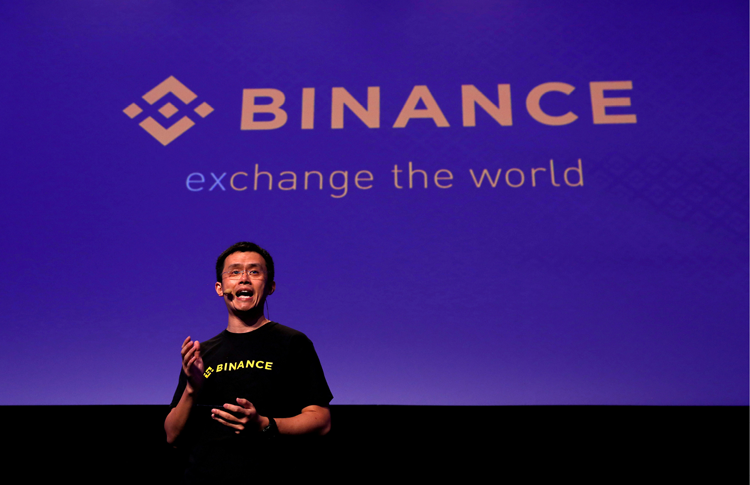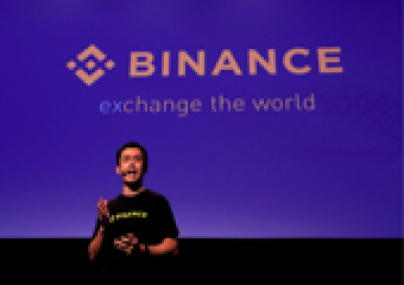
Binance, the world’s largest cryptocurrency exchange operator with trading volumes of $662 billion globally in June, has sought to expand in Asia. However, it hasn’t all been smooth sailing, as regulators around the world – and across the region – clampdown.
WHAT’S BEEN HAPPENING TO BINANCE IN ASIA?
Britain’s financial watchdog recently banned the cryptocurrency exchange from carrying out regulated activities, just one of the reasons why Binance has been in the headlines lately for all the wrong reasons.
“Binance has made the headlines recently with the FCA issuing a series of requirements in relation to the regulated part of its UK business,” says Etelka Bogardi, partner at Norton Rose Fulbright in Hong Kong.
After being singled out by regulators in Europe, the crypto exchange is also struggling to get a foothold in Asia.
Thailand’s Securities and Exchange Commission (SEC) has filed a criminal complaint against Binance for operating a digital asset business without a license. Meanwhile, in Hong Kong, the Securities and Futures Commission has said Binance was not licensed to sell “stock tokens” in the city; it even name-checked the operation, saying “the SFC wishes to make it clear that no entity in the Binance group is licensed or registered to conduct ‘regulated activity’ in Hong Kong.” And in Japan, the regulator has said that Binance was operating in the country illegally.
WHY HAS BINANCE COME UNDER REGULATORY SCRUTINY?
Regulators worldwide are concerned about cryptocurrency exchanges, Bogardi says, noting there are two primary reasons behind this.
“One is the potential to use an exchange to layer illicit proceeds back into the real economy. Many exchanges now have sophisticated levels of AML and CFT compliance controls, and we expect this move to continue, particularly as more and more jurisdictions implement legislation to bring virtual asset services providers (including crypto exchanges) within the AML regulatory perimeter,” she says. “The second is the increasing focus on consumer protection, as cryptocurrencies have become more popular in the retail market and as the price volatility has increased. In particular, derivatives and other more complex products that can magnify losses will be of concern.”
WHAT DO DIFFERENT REGULATORY RESPONSES TELL US ABOUT THE DIFFERENT ATTITUDES TOWARDS CRYPTO EXCHANGES IN ASIA?
Bogardi says that the regulatory approach towards crypto exchanges are “not entirely consistent within the APAC region.” This is for a variety of reasons, “including which aspect of the cryptocurrency market a particular jurisdiction is primarily exposed to, as well as the current appetite to expose the retail market to these assets,” Bogardi says.
“For example, the proposed new regulatory licensing regime for VASPs in Hong Kong will, at the outset, cover virtual asset exchanges only, as this is the most active sector locally. Singapore has also brought in comprehensive legislation that licenses a wide range of virtual asset-related activities, and the queue of applicants for these licenses is long,” she adds.
In the meantime, Binance may provide something of a case study for how regulators act across the region, and where their priorities fall.
To contact the editorial team, please email ALBEditor@thomsonreuters.com.
